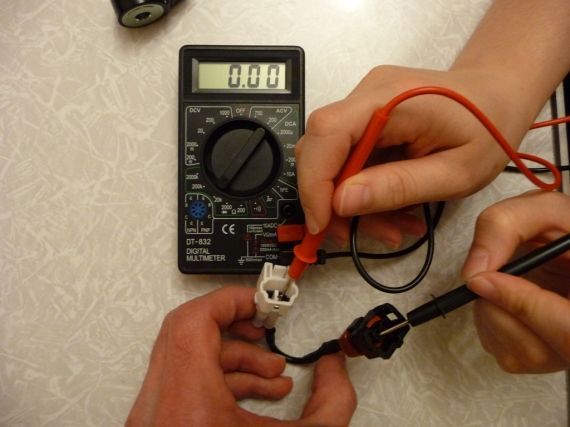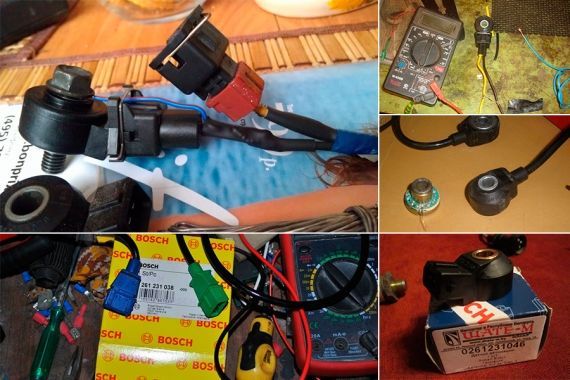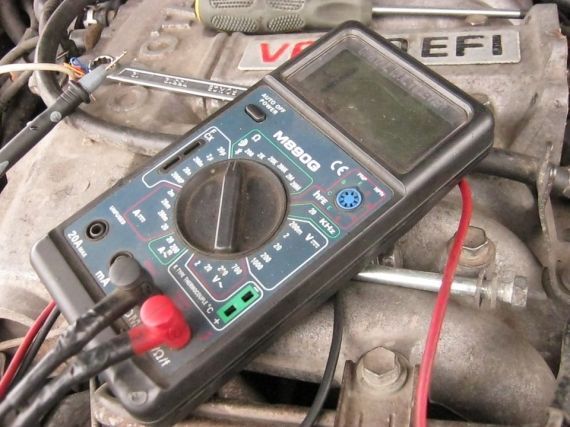How to check the detonation sensor and what does it affect? We understand and remember
One of the desirable duties of the modern driver is to know how to check the detonation sensor and what it affects. However, the enlightenment about the rest of the sensors, too, does not hurt anyone. For there are often cases when the dashboard begins to flicker, like a Christmas tree, and the owner of the car flows either in complete ignoring, or in the deceiving panic.
Without a doubt, the electronization of the car facilitated communication with him, and seriously simplified control over his state of health. But without at least initial theoretical knowledge and practical skills, the entire filling turns into a set of meaningless and not informative details.
Yes, the car services now so much that you can even find in half a feasible outback. But in the case of winking the console, you need to know how seriously you got: you will reach the nearest one hundred, albeit slowly, slowly, or we must ask by passing transport to the tug. After all, the breakdown may not be too dangerous that allows you to drive another kilometers of 300-500, and even more, but it may be so painful that the restoration of the car without urgently and close attention will be in considerable money.
How to check the detonation sensor and what it affectsWhat is his functions, we will tell in this material. We will try to make it detailed, but not boring and accessible.

Why do you need dd? Detonation - phenomenon, extremely dangerous for the engine. Permanent and amplifying explosions in the combustion chamber can cause the destruction of the cylinder block. Before the appearance of electronic control, the correction was carried out manually, by turning the ignition distribution cover, depending on the octane fuel indicator.
On modern engines, it is fixed motionless, and the adjustment feature takes on the ECU, focusing on the data obtained from DD. The main component is a piezoelectric record, on the separated ends of which a voltage appears when micro-sized. The excess of a certain threshold leads to the response of the ECU signal.

What threatens the breakdown of DD?
Immediately comforted unemployed: when the sensor exit, it is possible to go on the car, and it is not even too cautious. However, having ceased to receive data from the sensor, the ECU accepts preventive measures and exposes the ignition delay. It entails some consequences:
- fuel consumption increases significantly and can reach 15-20%;
- engine power drops; With elevated loads (for example, movement in a slide with a load) you have to add revolutions to burn. Consequences: overheating and faster wear;
- you can no longer expect a habitual residence. You will accelerate, as on the old "penny", overtake the wagon, for example, it will be difficult;
- smoky exhaust will appear, which is an additional inconvenience: you will not be able to understand that the problems that are accompanied by a similar symptom have begun.

Check DD
The most reliable check is definitely a scanning tool. However, before visiting a hundred, you need to make sure that he will face. The tanned control lamp is not at all one hundred percent indication that it was he failed.
Contacts may be oxidized, the wiring can be interrupted - there are hundreds of the causes of the occurrence of an alarm. And scan, we note, no one will hold you free. Therefore, it is better to figure out exactly what the problem is caused by it to do not waste money in vain. For primitive verification, only a sensitive voltmeter will be required.
- The detonation sensor is dismantled from the car;
- The measuring device is translated into the Milvololt measurement mode - otherwise there will be no indicative picture.
Plus a voltmeter (usually labeled red) connects to the signaling wire of the sensor; - Minus, black, connects to the mass of DD (a bolt passes in this place);
- Then you can hold the sensor into the fist and tapping them on the table with different strengths, and you can easily hit the screwdriver plastic handle using it;
- The device must fix the changing voltage. For different oscillation sensors, 30-40 mV can be (the figure is pre-specified by the attached management or other technical documentation). If there are no changes, the sensor should be replaced without any doubt.














